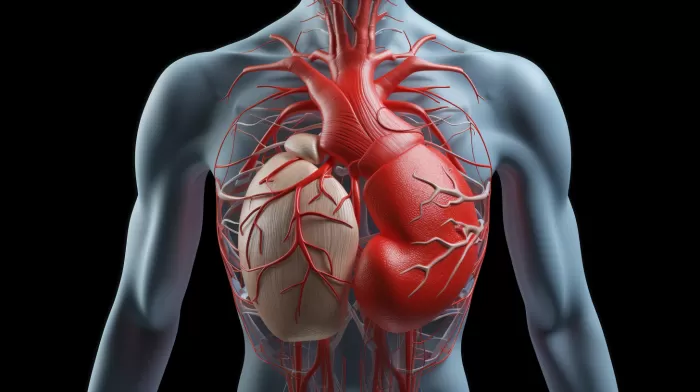One of the most critical yet overlooked aspects of a successful doctor-patient relationship is effective communication. Many people find it challenging to discuss their health concerns with their healthcare practitioner, and effective communication becomes even more difficult when patients don’t know the basic information about their bodies. A shocking study published in the open access journal BMC Family Practice reveals that 54.5% of people cannot correctly identify where the heart is in the body. This lack of basic anatomical knowledge can pose a significant hurdle in diagnosing and treating health issues.
Where is the heart, and why should you care?
To clarify this common misconception, the heart is located in the middle of the chest, just behind and slightly to the left of the breastbone (your left!), situated between the two lungs. Knowing the location of the heart is undeniably essential, as it plays a crucial role in keeping us alive by pumping oxygen-rich blood throughout our bodies.
Not only does knowing the location of your heart enable you to understand the symptoms of a possible heart-related problem more accurately, but it also helps you discuss these concerns with your healthcare provider. Effective dialogue between patients and healthcare providers can ultimately result in more accurate diagnoses and better-informed treatment plans, theoretically promoting a healthier and happier life.
Further findings from the study
The study also found that people had a disturbing lack of knowledge when it came to locating other internal organs. About 86% could identify the location of the intestines, and 81% knew where the bladder was. However, approximately 69% of respondents couldn’t pinpoint the position of their lungs.
This critical gap in basic anatomical knowledge must be addressed, as an understanding of our body’s essential organs can positively impact our health choices and improve doctor-patient communication. For healthcare providers, having patients who are aware of their bodily structures and functions increases the likelihood of a fruitful, accurate, and efficient discussion about symptoms and treatments.
The importance of anatomical education
A solid understanding of anatomy is vital for patients looking to manage their health proactively. While medical professionals receive extensive schooling on the subject, many patients lack even the most basic anatomical knowledge. So what can be done to bridge this knowledge gap?
Education and outreach programs targeted toward the general public are essential. From an early age, schools should include age-appropriate lessons on anatomy, ensuring that students possess a solid understanding of their bodies and how they work. Additionally, online resources and community-led workshops or classes can also contribute to raising awareness about anatomy, providing people of all age groups and backgrounds with valuable information.
How to improve doctor-patient communication
In addition to increasing anatomical knowledge among the general population, improvements in doctor-patient communication can also be achieved through other means. Here are some tips to help you make the most of your next appointment:
- Be prepared – Before your visit, make a list of any symptoms you have experienced, including frequency, severity, and any possible triggers. This information will be helpful for your doctor in making an accurate diagnosis.
- Ask questions – If you’re unclear about something your doctor explains, don’t hesitate to ask questions. This will ensure that you leave the appointment with a full understanding of your issue and treatment plan.
- Be honest and forthcoming – It’s essential to provide your doctor with all the necessary information about your health and lifestyle, even if it’s uncomfortable. Your doctor is there to help you, not judge you.
- Speak up about your concerns – If you feel your doctor doesn’t fully understand your symptoms or concerns, express your thoughts to them. Sometimes, it’s difficult for healthcare providers to know exactly what the problem is unless you can convey your feelings and experiences accurately.
Conclusion
An essential factor in ensuring the best care possible is open, honest, and informed communication between patients and healthcare providers. By striving to develop a deeper understanding of anatomy and how the body functions, patients are better equipped to discuss their health concerns with their doctors, leading to more accurate diagnoses and effective treatment plans. Making an effort to educate ourselves and others on our bodies, along with implementing good communication practices, can go a long way in promoting better overall health.



